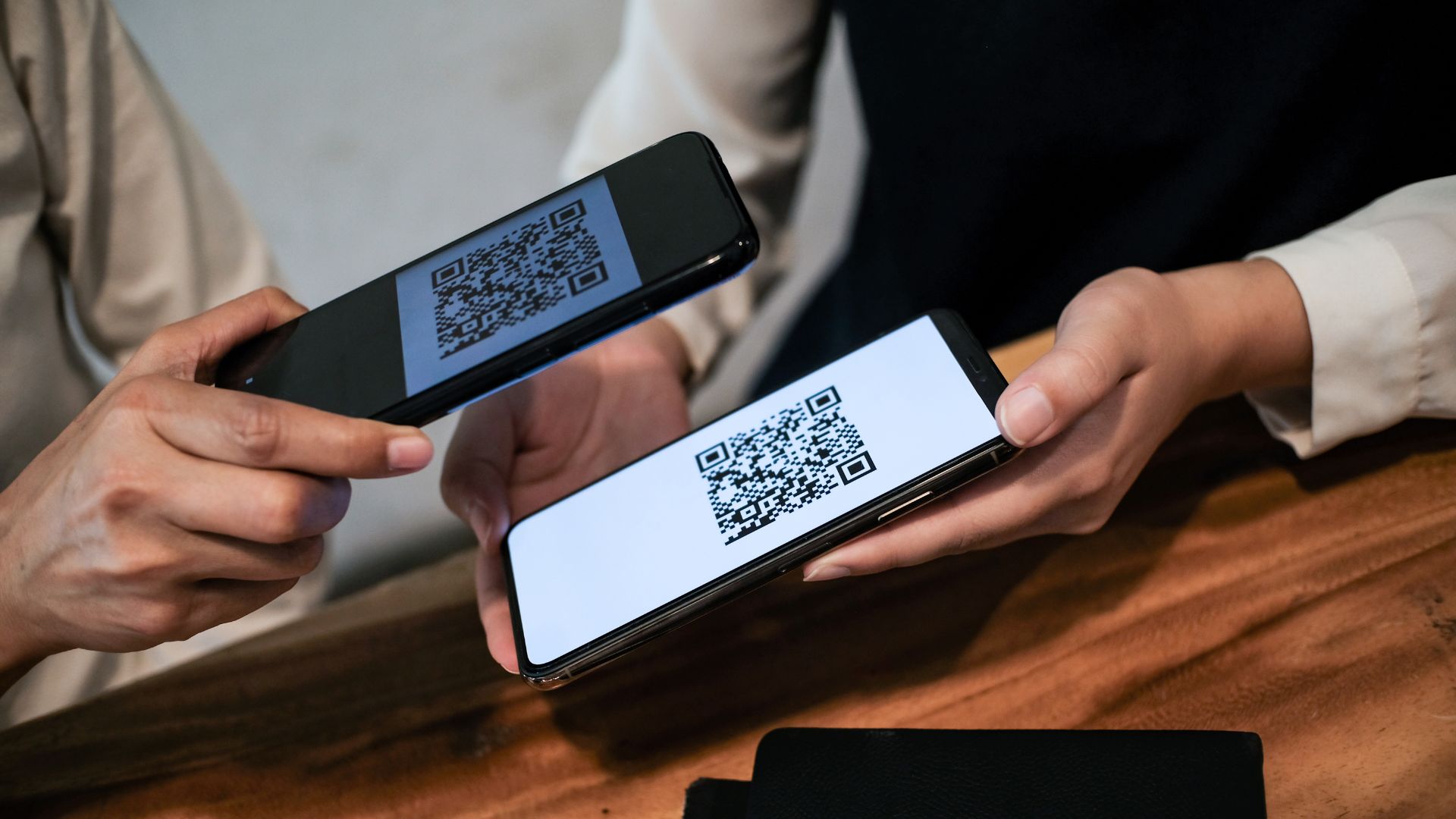Augmented Reality QR Code
Augmented reality (AR) has revolutionized the way we interact with digital content, seamlessly blending virtual elements into our real-world environment. QR codes, on the other hand, are traditional two-dimensional barcodes used for storing information that can be scanned by a smartphone camera. Combining these technologies to create augmented reality QR code opens up a realm of possibilities for businesses and consumers alike.
Imagine walking down the street and spotting a QR code on a poster. Instead of just revealing a static link or text, scanning it through an AR-enabled app could trigger an immersive experience right before your eyes. This merging of physical objects with dynamic digital overlays enhances engagement and interactivity in ways previously unimagined.
From marketing campaigns to educational tools, AR QR codes offer a unique way to captivate audiences and deliver information in an interactive and memorable manner. As I delve deeper into this topic, we’ll explore the practical applications, benefits, and potential challenges associated with harnessing the power of augmented reality QR codes in various industries.
Understanding Augmented Reality QR Codes
Augmented Reality (AR) has revolutionized the way we interact with digital content by overlaying virtual elements onto the real world. When combined with Quick Response (QR) codes, AR technology takes on a whole new dimension of interactivity and engagement. These dynamic AR QR codes bridge the physical and digital realms, offering users an immersive experience that goes beyond traditional static codes.
Embracing AR QR codes opens up a plethora of possibilities for businesses looking to enhance their marketing strategies. Imagine customers scanning a QR code on a product packaging and instantly accessing 3D product demonstrations or interactive guides. This not only boosts customer engagement but also provides valuable insights into consumer behavior and preferences.
In today’s fast-paced digital landscape, staying ahead requires innovation and adaptability. AR QR codes offer a unique way to captivate audiences, drive traffic to online platforms, and create memorable brand experiences. By integrating these cutting-edge technologies into marketing campaigns, companies can differentiate themselves in crowded markets and leave a lasting impression on consumers.
Furthermore, the analytics capabilities of AR QR codes enable businesses to track user interactions in real-time, allowing for targeted marketing efforts and personalized content delivery. With the ability to gather data on user engagement levels, popular interaction points, and conversion rates, companies can refine their strategies for maximum impact.
In conclusion, Understanding the power of augmented reality qr codes is essential in unlocking new avenues for creativity, innovation, and customer engagement in today’s increasingly digital world. By leveraging this fusion of technology seamlessly integrated with everyday objects like qr codes you’ll be able to elevate your brand presence while providing value-added experiences for your audience.
The Benefits of Augmented Reality QR Codes
Augmented Reality QR codes offer a plethora of advantages that can revolutionize marketing strategies and enhance user experiences. Here are some key benefits to consider:
- Enhanced Engagement: By integrating AR technology into QR codes, businesses can captivate their audience with interactive and immersive content. Users are more likely to engage with AR-enhanced QR codes due to the novel and captivating experience they provide.
- Improved Brand Visibility: Incorporating AR elements in QR codes helps brands stand out in a crowded marketplace. These dynamic codes attract attention and leave a lasting impression on consumers, increasing brand visibility and recognition.
- Data Tracking and Analytics: AR QR codes enable businesses to gather valuable data insights by tracking user interactions. This data can be used to measure campaign effectiveness, understand consumer behavior, and make informed decisions for future marketing initiatives.
- Personalized Marketing Campaigns: With AR QR codes, companies can deliver personalized content tailored to individual preferences. This level of customization enhances the overall customer experience and fosters stronger connections between brands and consumers.
- Cross-Platform Compatibility: AR QR codes are versatile across various platforms and devices, making them accessible to a wide range of users. Whether scanning through smartphones or tablets, users can seamlessly interact with AR content embedded in QR codes.
